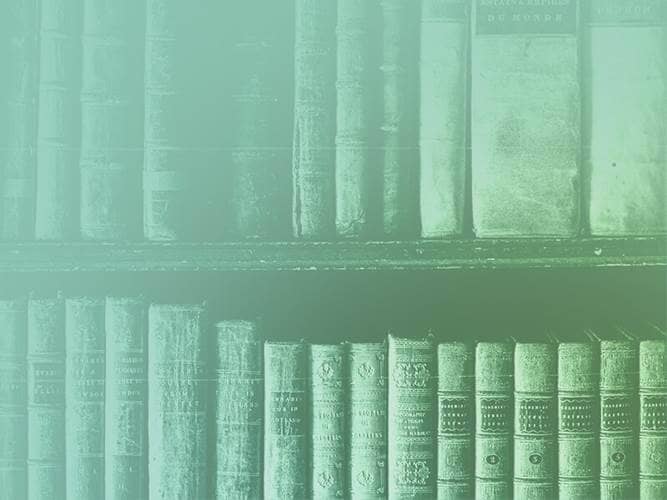- Trending:
- Pope Leo Xiv
- |
- Israel
- |
- Trump
- |
- Social Justice
- |
- Peace
- |
- Love

RELIGION LIBRARY
Taoism
Modern Age
Attempts by scholars to unify the doctrines of Taoism, Buddhism, and Confucianism began in the Song dynasty, and at the same time, efforts by religious leaders began to unite the various sects of Taoism. These efforts continued throughout the centuries, and while Taoist sects continued to exist as independent traditions, the distinctions between these, and between the "three religions," became less and less important within the culture. Taoism gradually absorbed many of the moral teachings of Confucianism and Buddhism.
In the Qing dynasty there was a movement to return to the "purity" of the Han dynasty, to return to a classical age before religion had "ruined" Chinese culture. This attitude was encouraged by Jesuit missionaries who had arrived in China in the 16th century, and soon became great admirers of the classical Confucian tradition. Taoism, on the other hand, they found offensive and declared it to be a deviant belief.
Many Taoist temples were destroyed during the Taiping rebellion (1851-64), a civil resistance against the Qing dynasty. In the years prior to the rebellion, Protestant missionaries had been spreading a message that Taoism was a superstitious and degenerate religion. Hong Xiuquan, a tutor and aspiring government official, read some of their pamphlets about Christianity and, after a long illness, came to believe he was the younger brother of Jesus and was called by God to overthrow the Manchu rulers.
Again and again, during each new conflict as the Qing weakened and was overthrown, and later as Communism grew into power, Taoism came under attack by various forces and more of its history was obliterated. Temples were turned into schools, hospitals, military barracks, or government offices, and all of the contents were laid to waste. Festivals and acts of worship were forbidden.
Early in the 20th century, 2,000 years of nearly continuous imperial rule came to an end. China endured decades of disruption and civil war, becoming first a republic and then a communist nation. Under Mao, both Buddhism and Taoism were harshly suppressed. Temples and art were destroyed, land confiscated, and priests and nuns were forced back into lay life. Taoism endured particularly harsh measures as it was regarded as a deviant superstition that was harmful to the people.
In the 20th century, simplified versions of some of the techniques of the Taoist masters became everyday practices to promote good health and longevity — for example, physical exercises such as qigong or taijiquan. Elements of Taoism remain within traditional Chinese medicine, within the arts and other sciences, and in popular entertainment, unattached to the old religion.
Recently, there have been some efforts to revive the practice of Taoist religion. In 1956, the Chinese Taoist Association was formed, and received official approval in 1957. It was disbanded during the Cultural Revolution under Mao, but reestablished in 1980. The headquarters of the Association are at Baiyun guan, or White Cloud Temple, of the Longmen branch of Quanzhen. Baiyun guan now serves as a training center for all the Taoist sects, and is able to grant ordinations in any of the traditions.
Scholarship on the Taoist religion in the west has lagged far behind that of studies of Buddhism and other non-western religions, but has flourished in the last thirty years. Western scholars, along with scholars from Japan and China, have done a great deal to add to the body of knowledge about the Taoist religion.
As China was reopened to the west in the latter part of the 20th century, the interest of tourists, scholars, and overseas Chinese in traditional religion motivated the Chinese government to allow the rebuilding or restoration of a number of Taoist temples and monasteries, and thousands have now been reopened, most of them Zhengyi or Quanzhen. Regional Taoist Associations are in charge of administering these structures, under the aegis of the Religious Affairs Bureau. Much of the funding for these projects has come from Chinese in Taiwan, Hong Kong, and Singapore. Tourism also brings a significant amount of income, not only to the temples and monasteries, but also to their local communities.
The new temples and monasteries train new students, and the practice of ordination in the Zhengyi and Quanzhen sects has been restored. The Chinese government prefers the celibate model of Buddhism for Taoist clergy; Quanzhen clergy take vows of celibacy, but Zhengyi clergy are often married, and often reside at home. They are called sanju Taoshi, or "Taoist priests who live at home." Numbering in the tens of thousands, the sanju Taoshi perform rituals for their local communities. Their activities are in some cases difficult to distinguish from those of local shamans, whose actions are still looked down upon. For this reason, the process of ordination for the Zhengyi has been more difficult to administer, rules are more stringent, and their activities are more carefully restricted.
In some regions, there is a strong interrelationship between Taoism and local popular religions, and not all Taoist clergy belong to an official order. These Taoists have managed to continue their activities for centuries, and because they have been independent of the sects, they are less easily brought under the umbrella of religious and governmental authority. The link between Taoism and popular religion remains controversial; some claim that the Taoism of the sects is the only true Taoism, while others argue for a more liberal definition.
Study Questions:
1. What were the major forces of oppression to Taoism?
2. Why was Taoism seen as harmful?
3. Has globalism hindered or helped Taoism's popularity?










